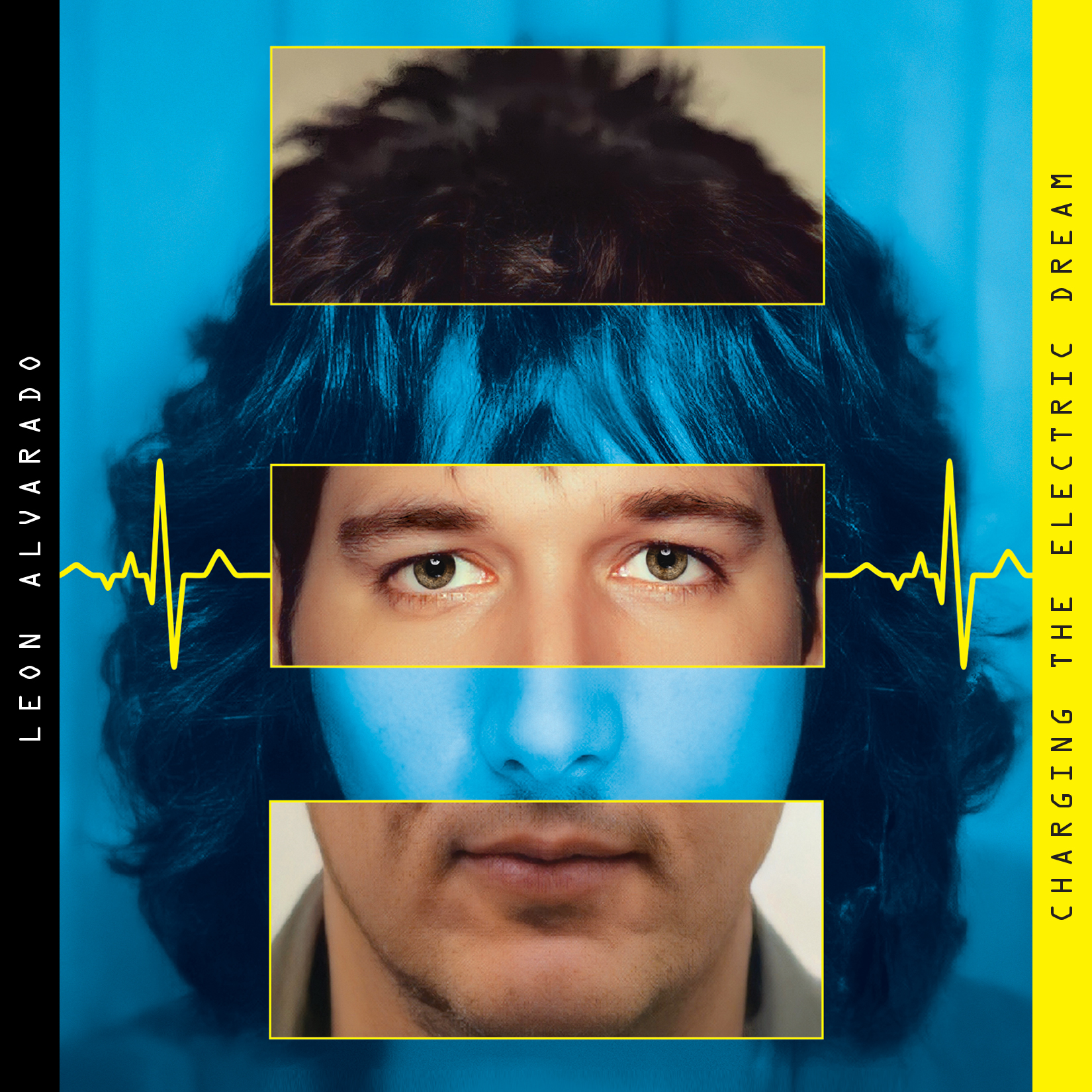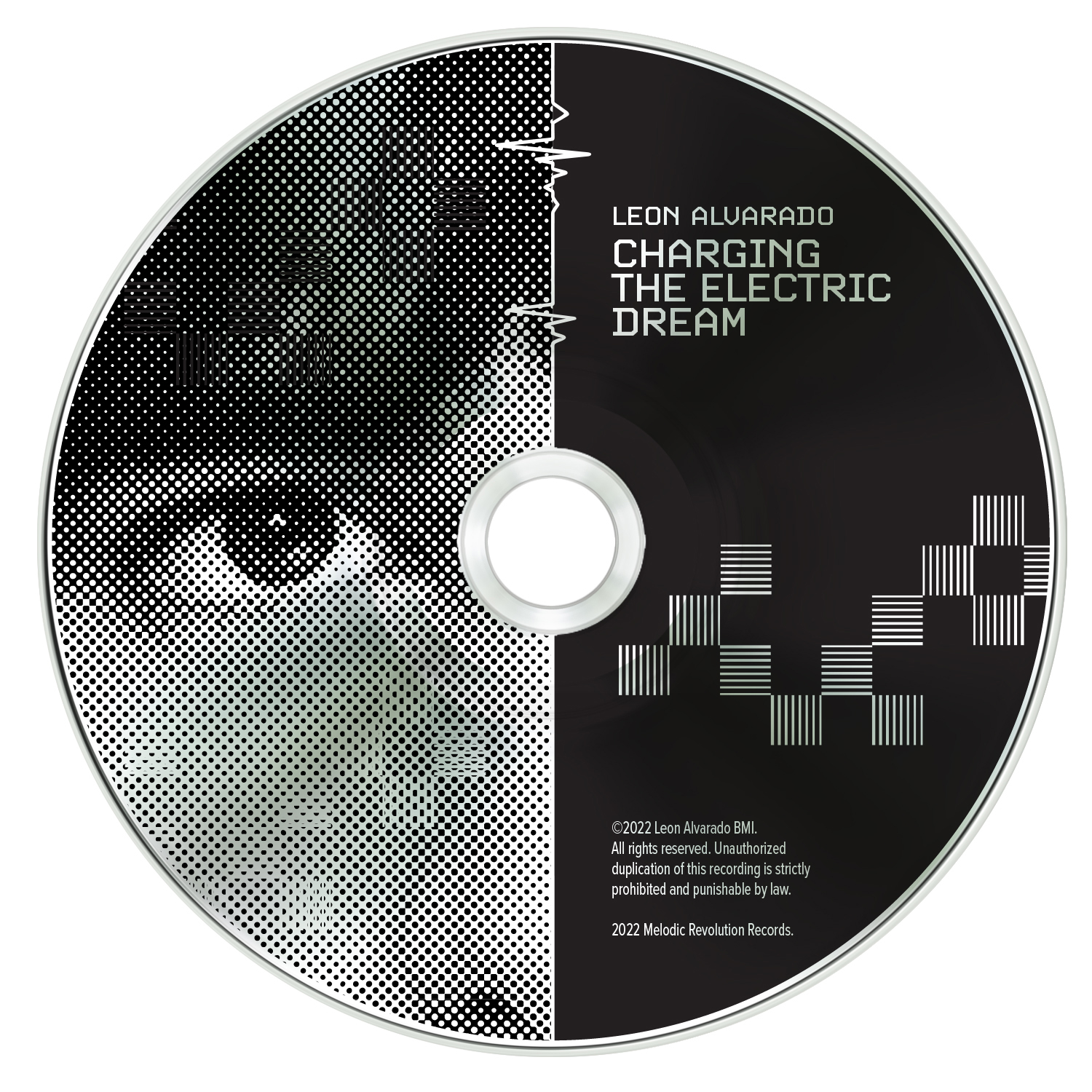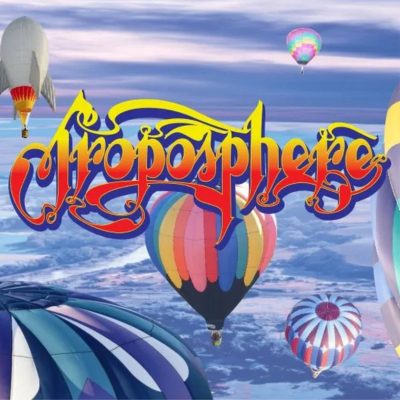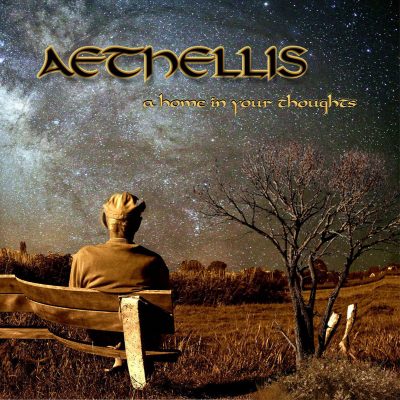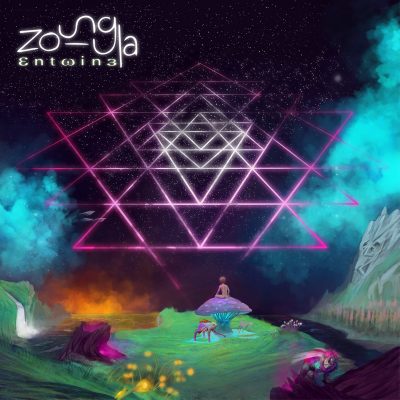Description
For fans of Tomita, Vangelis, and Tangerine Dream
THE HISTORY
Throughout the years I have composed and recorded several pieces that weren’t specifically created for an album. Sometimes, these ended up being reworked, or parts of them were woven into other pieces of music that managed to make it onto one of my records. Sometimes, however, they ended up as just single pieces that I archived, waiting for the right moment to either finish them or release them in one form or another.
Earlier this year, I recorded a new piece of music that qualified as one such “orphaned” piece. I was very pleased with how it turned out and was looking for a vehicle to share. Releasing it as a single would not have made much sense, so I went back into my archives to see if I could put together a collection of this with others I had in cold storage as one cohesive project. I found enough with a common sonic ground to make up an entire album.
My methodology left me with a few of the pieces dating as far back as over 20 years ago. A massive flood in 2017 wiped out the drives that held those multi-tracks, so I had to recreate or re-record some of the material, but luckily, some survived intact, just as they were originally mixed.
Charging The Electric Dream is my first album that does not have any collaborators or guest musicians, making it a very personal record. If I were to describe it, I would say that it is an album of what I like to call headphone music, because it plays out more like a soundtrack that stimulates the listener’s imagination.
Like many of my other records, you can hear some of my inspirations throughout the album. There are definitely nods to Brian Eno, Wendy Carlos, Tangerine Dream, Vangelis, and Jean Michel Jarre. It is not a Prog album per se, but definitely something that Prog fans can appreciate.
THE MEANING
Charging The Electric Dream is my own personal take on some of the electronic music that inspired and influenced me. The “Electric Dream” refers to the way I used to think about such music when growing up. “Charging The Electric Dream” is my own personal take on giving the recorded material a new life by releasing it for the first time.
THE INTENTION
I have always stated that I compose and record music that I would like to listen to. I count on the fact that I know there are others like me who have similar tastes. My music is ultimately tailored to them. I see it as music better suited to be heard with some amount of attention. I attempt, with this music, to create some atmosphere and entice a sense of wonder from the listener. It is music designed to let your imagination run wild and expand your own personal listening experience.
THE PRODUCTION
The album was recorded using a series of synthesizers and computer-driven emulations of synthesizers in order to achieve the desired sound voices and quality. I used a combination of real and emulated famous keyboards, primarily a MiniMoog, a Roland Jupiter 8, a Korg M1, and the incredible ARP 2600. I also used the software version of the famous Roland TR-808. All run either directly, through a Universal Audio Apollo interface or a Soundcraft mixing board. All the recordings were handled with the use of several Mac computers using mostly Logic Pro for the DAW. Earlier recordings were made using a Roland Sound canvas driven via MIDI using Master Tracks Pro as software.
Some of the music was produced by using the older recordings as sonic overlays while newly recorded recreations were added to achieve a better sound quality. Others stood as is, and a couple of the album’s pieces are entirely new. Sound engineer John Douglass was brought into the fold to do some forensic restoration and clean up any pops, hisses, and hot spots from the older tracks. Maor Applebaum did a brilliant job when mastering the album, bringing an additional level of detail and ensuring that everything ran cohesively.
THE ARTWORK
For the album cover, I wanted to have an image that would show me throughout time. I thought that it would be a good idea to visually represent that the content of the album was created in a span of two decades. Although I really liked the idea, it posed a challenge in trying to find photographs of myself that would be worth working with. I found the solution while going through my old passports. There were several photos were taken at various times where I was posed, for all practical purposes, exactly the same way. I broke the image into one overall background with three cut-out windows that show portions of my face at different ages. I think the end result worked out quite well and the relevance of a passport marking the beginning of a journey only adds significance.
Personnel:
Leon Alvarado all instruments Engineered by Leon Alvarado Engineering Assistance by John Douglass Mastering by Maor Appelbaum
Label: Melodic Revolution Records
Notes:
The music in the album was recorded during a span of several decades at different times. To reflect this, the artwork shows a collage of Leon’s face constructed of passport photos with many years between them.
A video for the title track will be released concurrently.
The title track was used on a short film back in 2004 during the credits.
A short film titled Outside The Dream will follow the release. The first album does not include guest musicians.

